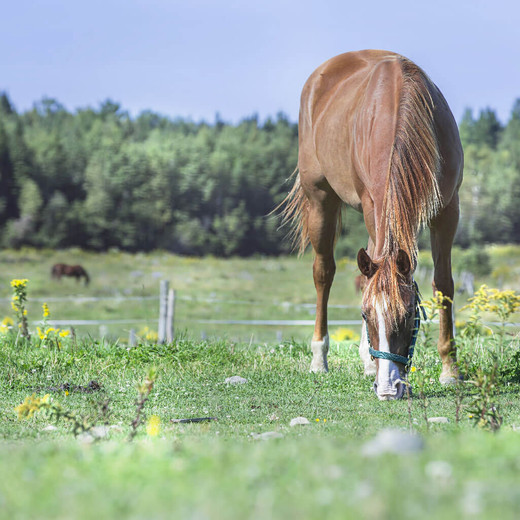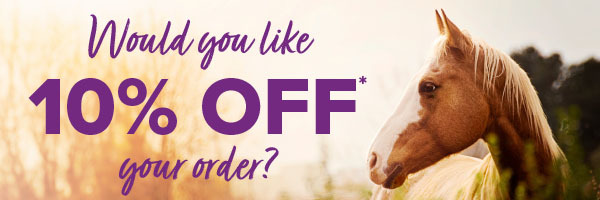Identifying poisonous plants to horses
Mar 9th 2021
We recently published a handy graphic on what horses can and can't eat, these were foods which a horse would not necessarily come across in their natural environment. Now let us consider what could be growing out and around your horse’s pasture or stable area. This blog can help us identify poisonous plants to horses.
It is essential that as horse owners we take precautions to minimise the risk of exposure to toxic plants. It is important you can identify any plants which may hold risk. If you can not identify a plant in your paddock as safe, do not allow your horse to have access until you are happy.
Some of the below plants are commonly found at pasture. It is a common misconception that horses only eat poisonous plants when there is nothing else to graze on. Unfortunately, horses can accidently ingest them, and some horses have been known to develop a taste for them. Some plants, such as ragwort when dried can lose their bitter taste, causing them to be eaten. Therefore, good, and consistent grassland management is vital to keeping animals and people safe. By maintaining more desirable forage and ensuring the paddock has adequate grass supplies this will help keep the production of less desirable forage down. If a paddock is not managed correctly either by not removing unwanted plants or being over grazed it will increase the production of weed growth.
A good tip is to do management little and often
When you are out poo picking use this time to check for unwanted plant species. If you see a poisonous plant remove it straight away. When removing toxic plants do this safely by wearing protective clothing. Yo should also use the correct tools to assist with removal and dispose of anything in an appropriate way. If a pasture becomes out of control this will mean more drastic measures will need to be taken to improve grazing quality. Not only will this take time but also be more costly to rectify.
Please note:
This is not a definitive list so please seek further advise as required. These images can be used to assist identification. However, please bear in mind there may be a difference depending on stage of growth of plant and time of the year. The list not only shows extremely harmful plants but also displays plants that can be toxic upon mass consumption. If you suspect your horse is experiencing poisoning or the effects of toxicity, veterinary advice should be sort immediately.

Read our blog on what your horse can and can't eat.



